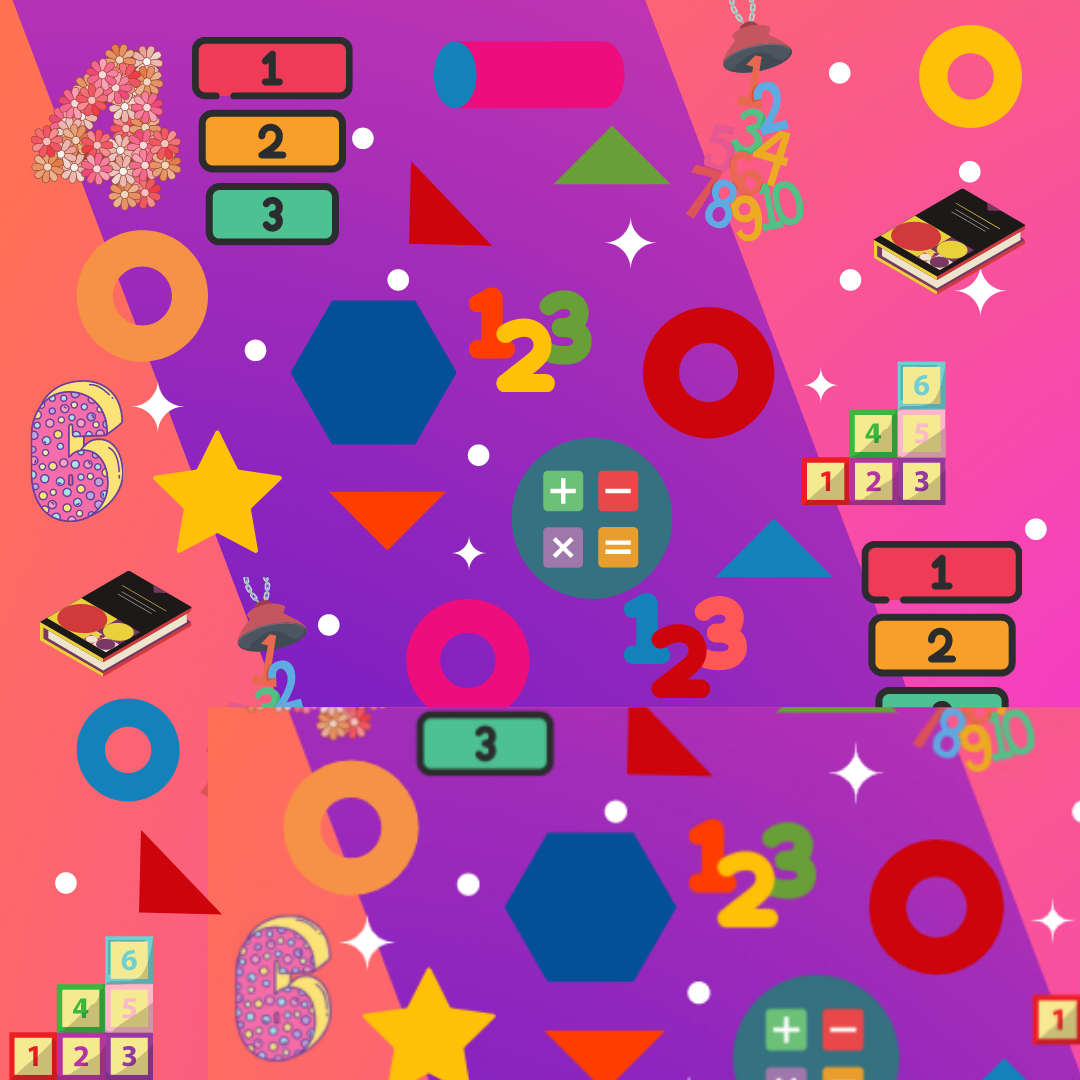Halving shapes
Before teaching a child to halve a number, make sure that they can halve a shape. Most children find it easy to halve a shape and don’t realise that halving means the same as splitting into 2 equal parts. So before teaching your child how to halve a number, please make sure that they have understood the following common misconceptions:
1. When you half a shape, you must make sure that it is split in the middle. This teaches the child that halving must be fair and that both halves must look the same.
2. There is more than one way to half a shape. Ask your child to halve a rectangle or square in as many ways as possible. This should include diagonally as well.
3. Draw and inaccurately half some shapes so that some are split unequally, some are split into three or more pieces. then ask your child to find out if they have been halved.
Halving numbers
There are many ways to explain the term of “half of”; sharing equally between 2 people, counting in 2’s, dividing by 2, opposite of doubling and splitting down the middle.How to teach halves to children
Therefore, there are a variety of ways of teaching halving. Choose a method that your child finds easy, and stick to it. Once they are confident with that method, try to teach a different way of halving.
I always start off teaching a child how to share equally. I usually use counters and draw 2 smiley faces on a whiteboard or piece of paper representing me and the child. The child has to share the counters between the smiley faces. Sometimes you have to teach a child “one for you, one for me” and once they have learnt this they find it quite easy. Make sure that once all the counters have been shared between the 2 smiley faces, that they have been shared equally. the child needs to check every time. “How many do you have and how many do I have” seems to work well. What if the counters have not been shared equally? The child can repeat again or if they have caught on, they will be able to move some counters around to make the distribution fair. I use this method for up to 24 counters.
For numbers larger than 24, using counters can be time-consuming and often ends up with the child miscounting. By now the child should know half of 2, 4, 6, 8, and 10 without working them out. So I break down larger numbers into manageable chunks, and then ask the child to share equally between 2 smiley faces.
Example 1: Draw 2 smiley faces. Half of 30 = 10 10 10 Draw three 10’s in circles at the side as in diagram below.
Then share as in the diagram below, the smiley faces will get 10 each and then, there will be 10 left which will have to be split into 5’s. So each person gets 15.
The same method can be used for bigger numbers and it’s easy and simple.
half of 34 = 10 10 10 4
half of 50 = 10 10 10 10 10
Do try this with your children and let me know if it works.
About the Author of this Article
Dr. Samina Rashid owns and has run the Kip McGrath Luton South Education Centre since 2004 and has kindly given us permission to share her article which was previously published on her own blogsite www.leaderinlearning.wordpress.com/.
Samina has been a qualified teacher for 20 years and is well known in the Luton area as being a specialist in teaching and education. She also runs her own weekly radio show relating to education.

